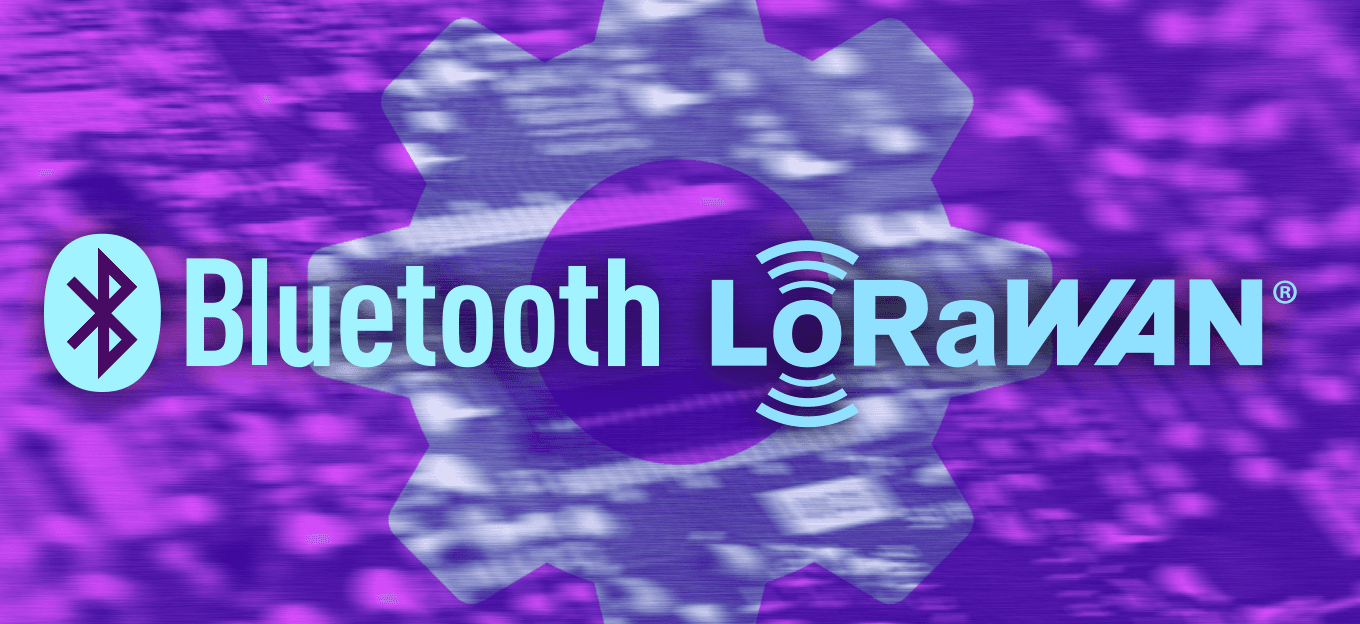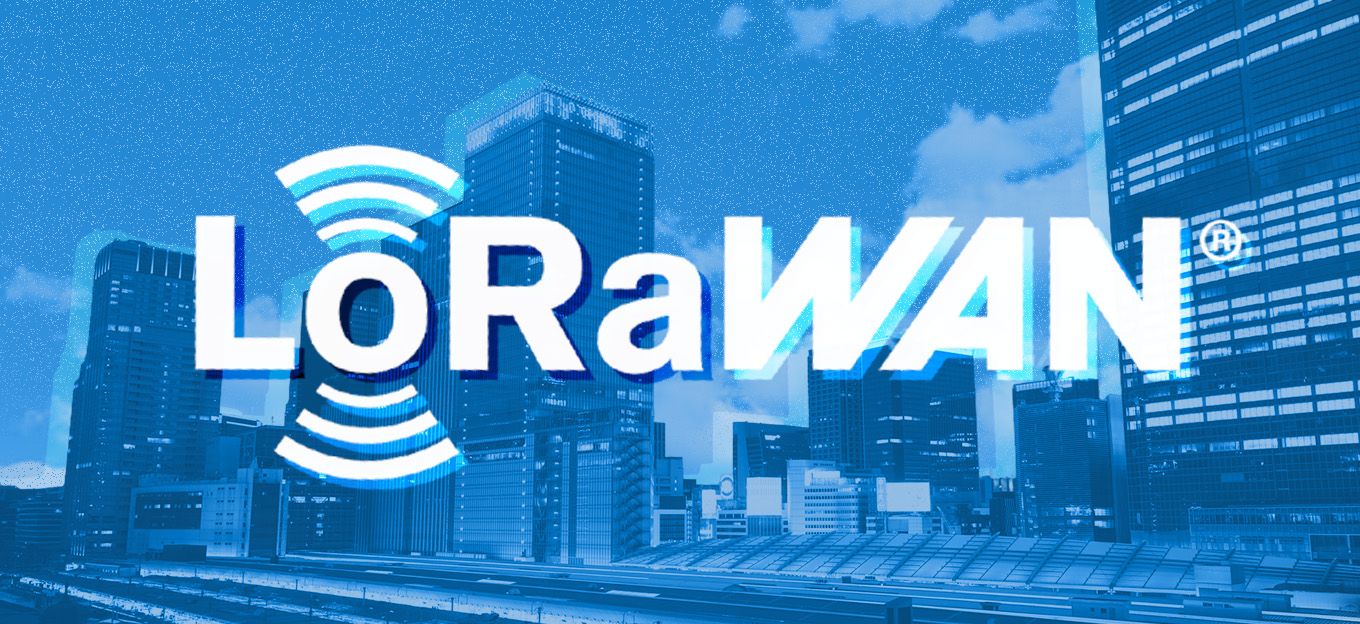A Complete Guide to Testing Your LoRa Coverage
A Complete Guide to Testing Your LoRa Coverage
- Last Updated: December 2, 2024
akenza
- Last Updated: December 2, 2024



There is an increasing adoption rate of LoRaWAN technology. LoRaWAN offers long-range communication at low power, and its popularity is further driven by the commoditization of the hardware (LoRa sensors and gateways) and the accessibility of IoT software tools. Community-based network operators and national telcos are expanding the infrastructure, making it available to a wider audience of businesses and IoT innovators. Some countries already have nationwide LoRaWAN coverage, such as the Netherlands and Switzerland.
However, the coverage maps provided by the network operators may not consider the unique characteristics of each geographical location. This can lead to discrepancies in expectations regarding the quality of the LoRa signal during the deployment of an IoT solution.
While LoRa displays low susceptibility to interferences and good building penetration, factors such as dense urban environments, faulty gateways, and remote locations can impact signal quality and coverage.
For this reason, it is crucial to carry out LoRa coverage testing. We will differentiate two key phases when testing your coverage: before and after the rollout of your IoT solution.
Before the Rollout
Before rolling out your IoT solution, it is essential to plan properly to prevent surprises. Check which networks offer coverage in the areas where you want to deploy your IoT sensors. Most network providers publish coverage maps for the locations they service, which can give you an initial idea of suitable LoRaWAN networks for your project.
Additionally, verify the supported frequency bands in your country. European countries typically operate at 863 - 873 MHz and 433.05 - 434.79 MHz. You will find a detailed list of the frequency plans by country in the great documentation provided by The Things Network.
Network Coverage in Your Location
If you find no coverage in your area, you have options such as establishing a private infrastructure or extending an existing public network. Setting up a private network may require a significant initial investment but offers complete control. Alternatively, if you are close to a community network such as The Things Network or Helium, installing new LoRa gateways could extend this existing coverage.
When installing new gateways, consider the surrounding materials and their impact on radio signal propagation.

Certain buildings with sustainability standards, such as LEED-certified structures, use low-emissivity (low-E) glass in their construction. This type of window has a thin coating that minimizes the amount of energy passing through it to reject UV light and solar heat. This unfortunately can cause signal attenuation and poor indoor coverage.

Proper antenna placement is also important for optimal reception. Avoid shielding metals or other materials near the antenna and place it at an elevated position, especially for outdoor scenarios. The distance between the gateway and antenna should be minimized to reduce attenuation.
Gateways come in various shapes and sizes, so it is important to choose one that fits your project requirements. Some things to consider are indoor vs. outdoor placement, connectivity options (hard-wired Ethernet, Wi-Fi, cellular), and internal vs. external antenna.

To ensure optimal signal quality during deployment, use a LoRa field tester to optimize device and gateway installation. You can qualify and validate network coverage and proper positioning of sensors and gateways by using the RSSI and SNR readings of a network tester.
For larger outdoor deployments, specialized simulation tools like Cloud-RF can provide insights into the best gateway placement.
After the Rollout
Once the IoT deployment is in operation, it is important to periodically assess the network’s health and stability. Check the signal quality as seen by your assets and consider using a notification service to alert you about weak radio signals automatically. That way, you don't have to remember to do it manually but are notified automatically in case of an issue.
The Most Comprehensive IoT Newsletter for Enterprises
Showcasing the highest-quality content, resources, news, and insights from the world of the Internet of Things. Subscribe to remain informed and up-to-date.
New Podcast Episode

Moving Past the Pilot Phase in IoT and AI
Related Articles


